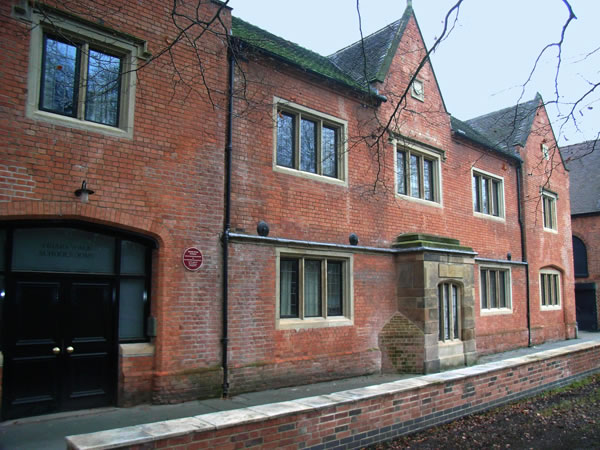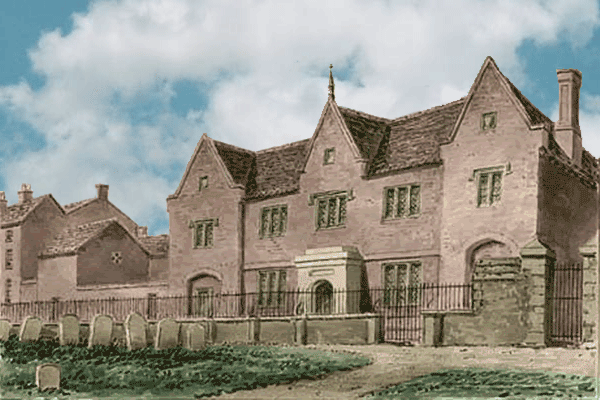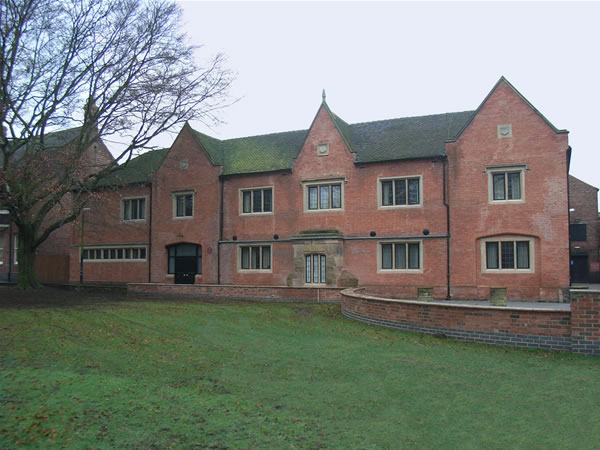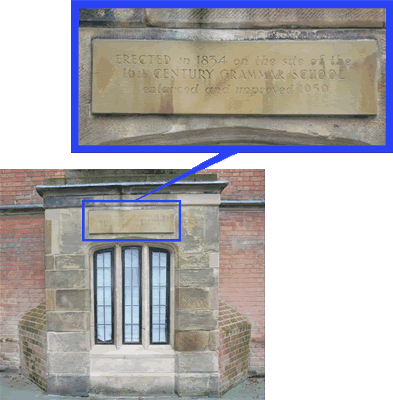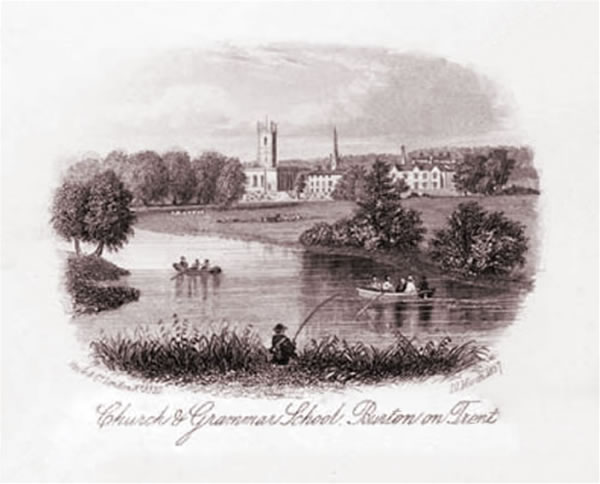One of the most tragic events in Burton Grammar School’s history was the case of Mr Harold Moodey, headmaster from 1941-1950.
Harold Moodey was educated at Chatham House Public school where, aside from being an outstanding scholar, he was senior prefect, captain of cricket and captain of football.
He gained an Open Scholarship to Oxford and took first class honours degrees in Natural Science and Chemistry. He entered Jesus College, Oxford and was there were war broke out. He then ‘enjoyed’ distinguished service in the Royal Air Force. Back in Jesus College after the war, he gained college colours for football and rowing and became president of a number of societies including Oxford Colleges Scientific Club.
As a post-graduate, he wrote a number of papers and textbooks and had a distinguished teaching career as second master of Chemistry at the esteemed Liverpool Collegiate School and Head of All Sciences at Hampton-on-Thames Grammar School.

… and so it goes on. Colleagues had nothing but good to say about him before he suffered some kind of mental illness and some unsuccessful procedure that had a very negative effect on his mental well-being. He went off sick just before Christmas, 1949, and was reported to be seriously ill.
One morning in May, 1950, to the shock of the school, he went to Burton Railway Station and committed suicide by jumping in front of a moving train. When the police visited his Stapenhill home, they discovered the true extent of the tragedy. His wife and teenage son and daughter were all found dead as the result of head injuries.
The newspaper reported:
 TRAGIC FATE OF BURTON FAMILY
TRAGIC FATE OF BURTON FAMILY
HEADMASTER, WIFE AND TWO CHILDREN FOUND DEAD
Mr. H. S. Moodey Killed on Railway
POLICE FIND FAMILY DEAD AT HOME
A DISTRESSING FOUR-FOLD TRAGEDY, IN WHICH THE WHOLE OF A BURTON FAMILY DIED, WAS REVEALED TO-DAY.
Mr. Harold Stephen Moodey, Headmaster of Burton Grammar School, was killed at Burton Railway Station this morning, when he was struck by the engine of the Derby to Birmingham train which arrives at Burton at 7:20 a.m.
When police officers visited his home at 8, Clay Street, Stapenhill, later in the morning, they there found his wife, Mrs. Marjorie M. Moodey, and two children, Richard Stephen, aged 15 years, and Hilary Jane, aged 12 years, also dead with head injuries.
It is understood that shortly after seven o’clock this morning Mr. Moodey bought a return railway ticket for Tamworth and was apparently waiting for the 7.20 a.m. train to Birmingham which stops at Tamworth.
At Burton station to-day a Burton Daily Mail reporter was told that as the train approached the platform the driver of the engine, Mr. Oakell of 528, Kings Road, longstanding, saw a man. standing on the permanent way between the track and a stationary coach.
A split second after that he felt a bump at the front of the locomotive and applied his brakes, pulling up the train within a matter of yards. Mr. Moodey’s body was recovered from under the fourth coach of the train.
Police officers investigating the tragedy found the railway ticket in a pocket, and also a piece of paper bearing the name “Moodey”. In order to establish identity, police officers visited Mr, Moodey’s home at Clay Street, and on entering discovered the bodies of Mrs. Moodey and the two children, all dead, with head injuries. Members of the C.I.D. were immediately called to the scene and continued their investigations throughout the morning.
Mr. Moodey’s son, Richard was a pupil at Repton School and his daughter Hilary was a pupil at Burton Girls’ High School.
A DISTINGUISHED CAREER
Mr. Moodey, who was 52, accepted the headmastership of Burton Grammar School on March 3rd, 1942, when living at East Court Cottage, Finchhampstead, Berkshire. There were 165 applications for the post, which was rendered vacant by the death of Mr. W. Fraser, who came to Burton in 1935.
Educated at Chatham House School, Ramsgate, where he was appointed assistant master in 1916, he won an open science scholarship at Oxford two years earlier. At Jesus College he gained his M.A, (Oxon.), and first-class honours in Natural Science Chemistry in 1921.
From 1921 to 1924 he was second chemistry master at Liverpool Collegiate School, and from then until coming to Burton he was head of the science department and sixth form master at Hampton-on-Thames Endowed School (founded in 1556).
He served with the R.F.C. and R.A.F. during the first World War.
He was a keen sportsman, and obtained his college colours for football and for rowing, and was captain of the college second cricket XI. As a master at Hampton school before coming to Burton, he was in charge of the school football and cricket teams, and was Scoutmaster of the school troop of 70 boys.
In 1935 he was District Commissioner of the Hampton and District Scouts’ Association.
He was keenly interested in dramatic art, and his wife shared in this enthusiasm and held the degrees of A.L.A.M. A.T.C.L., Eloc. Mr. Moodey was a member of the Joint National Committee of I.A.A.M. and S.M.A. which compiled a memorandum on science teaching and of the conpultative panel of I.A.A.M., for chemistry and general science.
He was physics representative of the Middlesex branch of I.A.A.M., and author of a text-book “Qualatitive Analysis.”
In 1942, when Mr, Moodey came to Burton, the Hampton school had 550 boys, compared with Burton’s 350.
During the last few days of the school Christmas holiday in January this year, it was reported that Mr. Moodey was seriously ill, and he had not been able to resume his duties since that time.
On March 31st, the occasion of the Grammar School’s speech day, Mr. H. Pitchford, who has been deputising in his absence, said he was glad to report that Mr. Moodey had taken a distinct turn for the better.
An inquest will be opened tomorrow by the Burton borough coroner, Major T. H. Bishop.
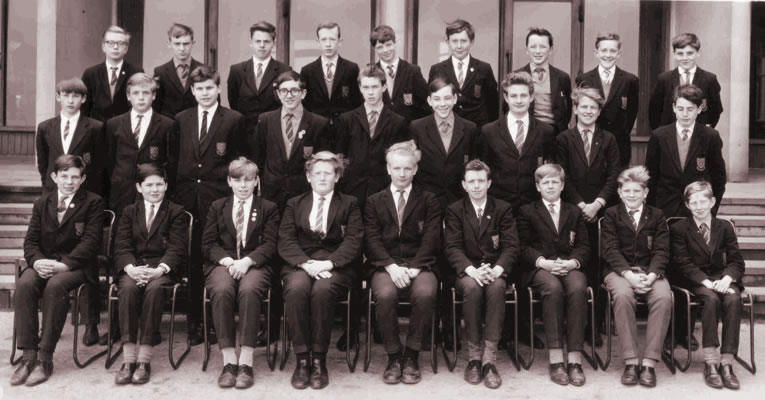


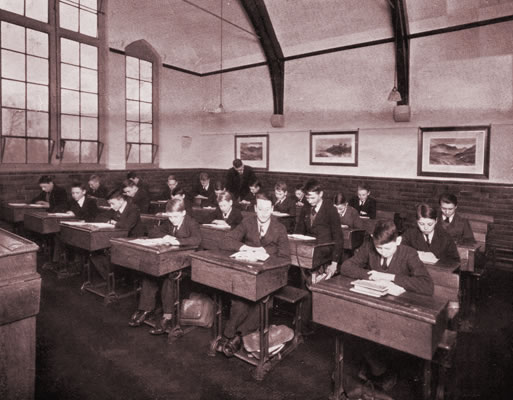
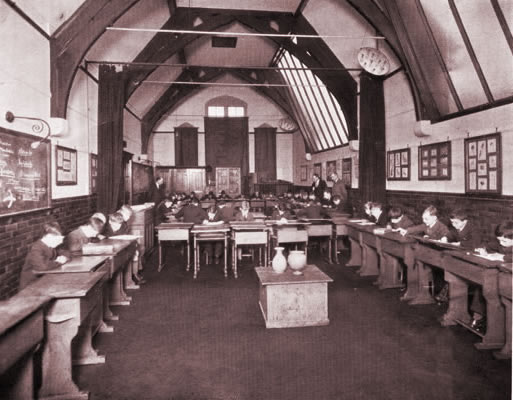
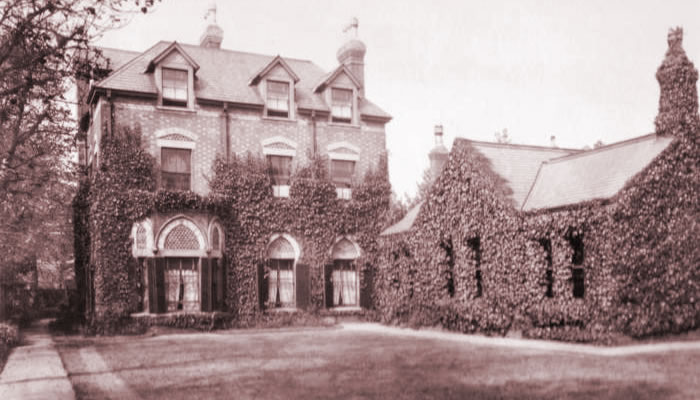

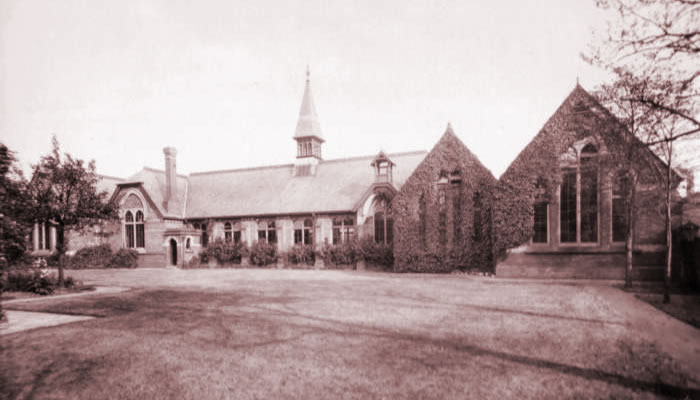
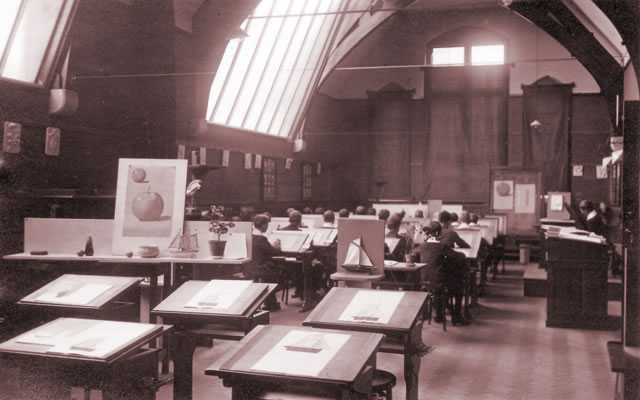
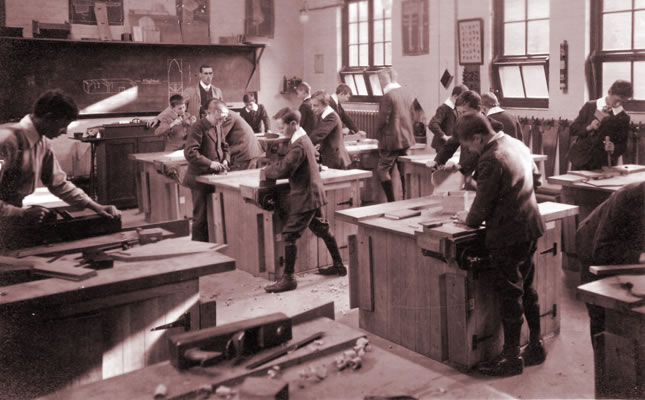

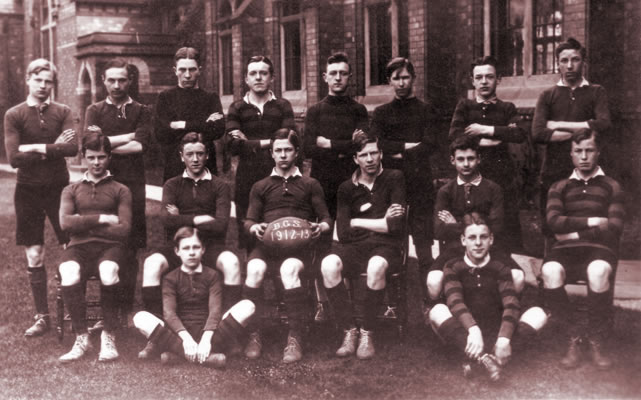
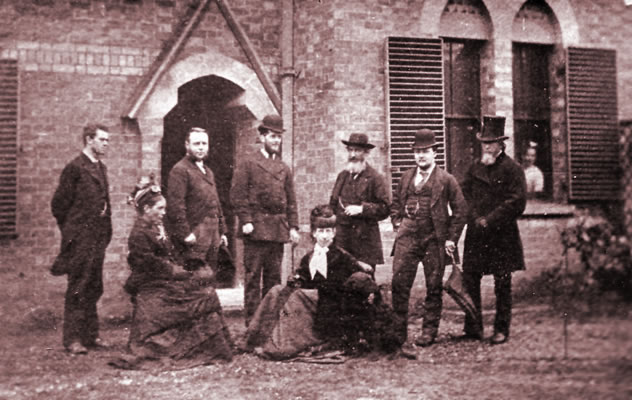
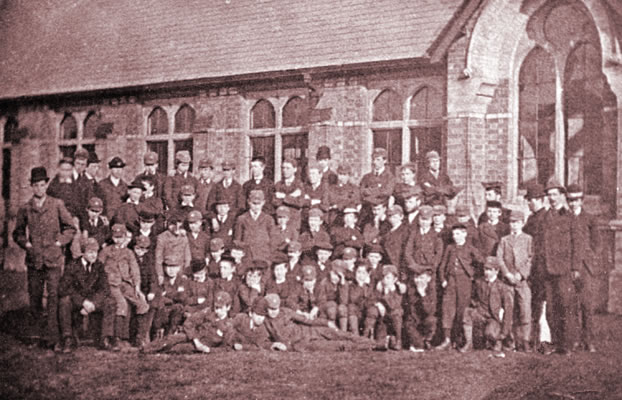



 TRAGIC FATE OF BURTON FAMILY
TRAGIC FATE OF BURTON FAMILY